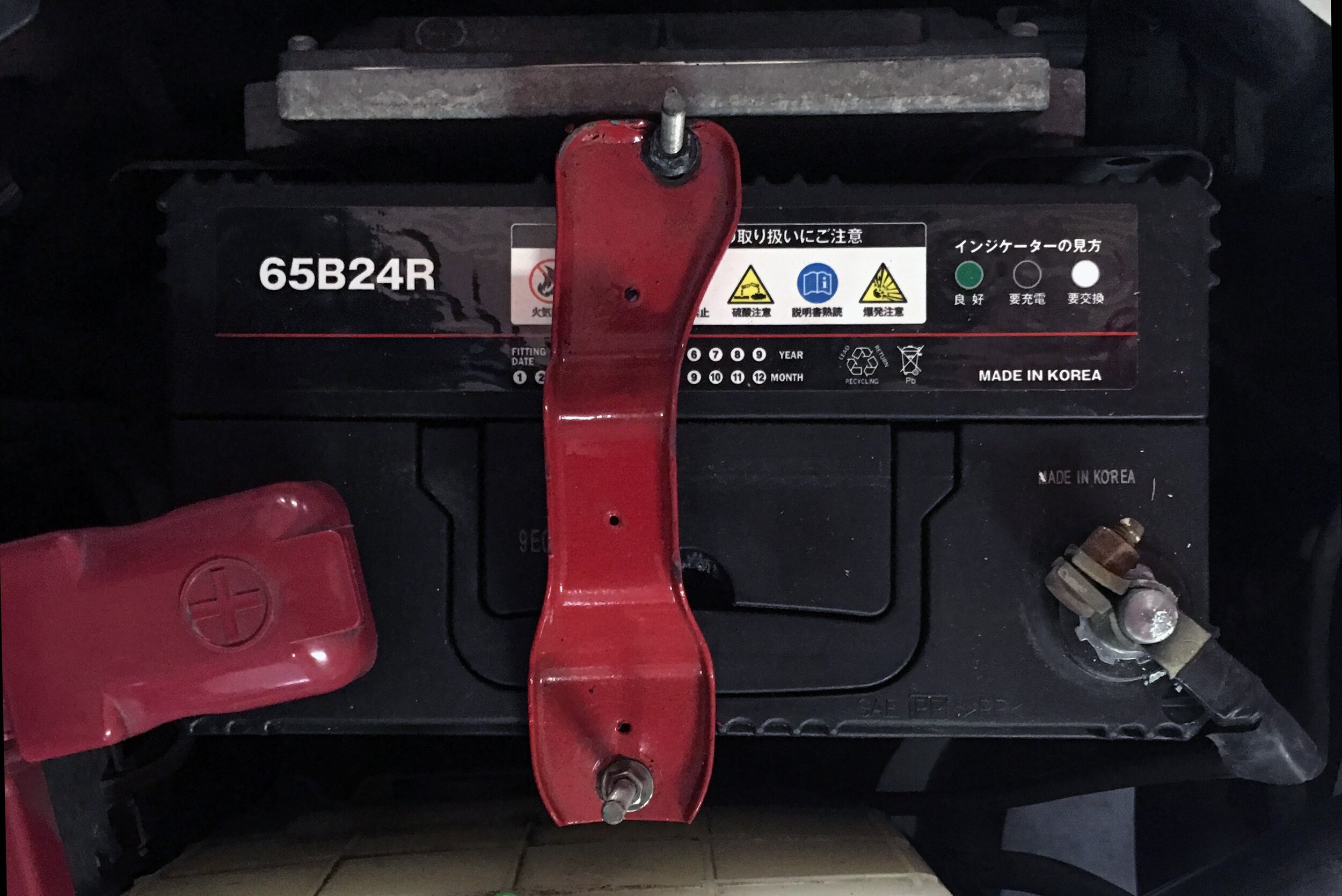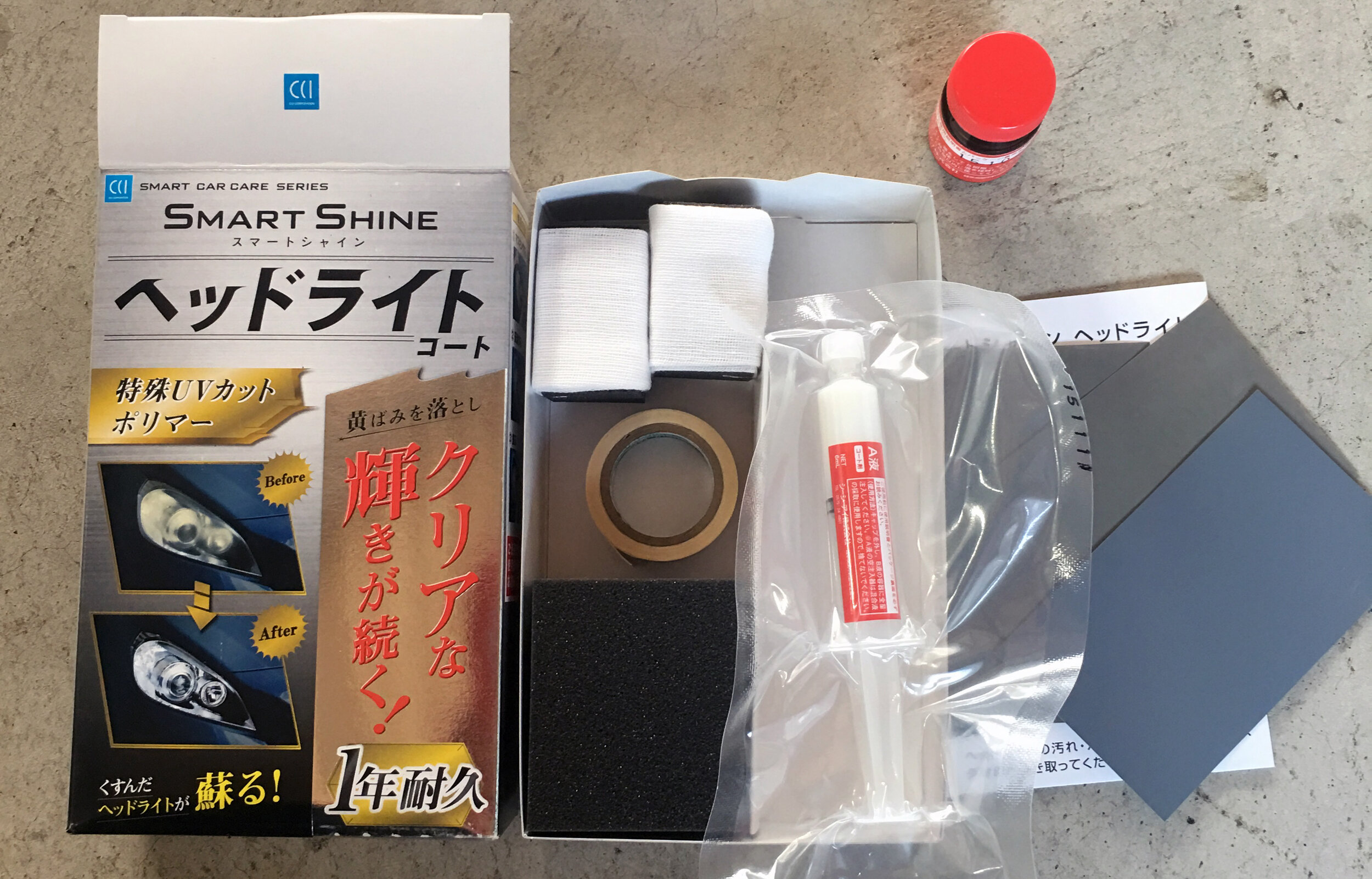[ Swift Sport ] Headlight Restoration & Maintenance
Maintaining a car may not be the most glamorous thing, though it surely might be the most important thing to do. Everyone who has a modicum of knowledge knows it is a necessity to keep the car running right. Oil changes, tires, brakes, batteries…
Heck, if you care about the car, maybe even a car wash or two. Look at that difference…
Before I took my recent Hokkaido road trip, I made sure I did a proper oil change on my Swift Sport which is recommended at about 5000kms. While that is a bit low and often quite unnecessary, I change it at about that mileage due to the more “aggressive” nature of my driving. And of course, after my 5000km trip, another oil change...
Get that dark stuff out! Luckily, unlike my Alto Works <l>, the filter is quite easy to reach at the bottom of the engine block.
The last thing I wanted to do was run the battery down listening to music and get stranded in some remote location in Hokkaido. So the 5 year-old battery had to go. Out with the old…
And in with the new.
As expected with a car that is 12 years old with over 100,000 kms on the odometer, there will be a few things on the exterior that don’t look new. I am lucky because my Swift generally looks pretty good. There are no major dents or scratches anywhere on the car that I could see. However, if you take a look, you can see the left headlight in particular not looking quite squeaky clean.
You can especially see how scratched and “yellowed” it is on the right picture. This is pretty normal for all modern plastic-housed headlights after some time, due to UV rays, salt, heat, and typical scratches. On older glass-based headlights, this will never occur.
There are a few ways to prevent this from happening and to alleviate it if it does happen. The main method of preventing it from even occurring is to never drive your car and park it in a hermetically-sealed garage... I’m kidding, of course. But that’s where clear, outdoor, UV-resistant vinyl comes in. The vinyl protects against the aforementioned wear and oxidation, keeping the headlights looking great for a very long time.
There are pre-cut kits that are model-specific and general sheets that have to be user-cut. While the vinyl is generally inexpensive, the skill necessary to put down vinyl over complex curves (as on a headlight) should be best left to a professional or someone with a bit of experience. Since I have absolutely next to none, I’m not going to do this for now. (I actually did a great job on my Evo X, but a really crappy job on my old Camry Solara,* so…)
However, I can revive my old headlights and bring them back to respectable shape. This is the most typical method to revive an old, scratched cover. There are a wide variety of kits out on the market and generally they include some abrasive materials and a liquid coating. The abrasive materials are simply varying sandpaper grits meant to rub off and even off the surface layer of the headlight. These can often be used with water to help lubricate as you sand. Some kits are meant to be sanded by hand which can be exhausting, so there are attachments meant to go on buffer machines to reduce labor.
For the final step, the coating can be wax or some kind of semi-permanent clear coat. This layer is critical to keeping the headlights look great for a long time. Wax products only last for a few months so some sort of clear coating is preferable. The kit I’m using includes this liquid which they claim is a UV-reducing polymer.
After sanding the crap out of it (perhaps literally), I applied the coating which smells a bit like chemical wax. I question how much different it is from something like 3M sythentic wax.
Either way, it ends up looking like this. Not perfect and like new, but still quite beautiful.
Just a word of note, these sort of kits do not work for any mold or discoloration occurring behind the outer lens, obviously. Also, the proverbial elephant in the room is that all these kits can often be purchased piecemeal if you are a savvy DIY-er… for multiple uses and cars, this can often be much cheaper than buying one-use kits. There is essentially nothing “magical” in these.
*Don’t ask. I am not proud of my car history.











